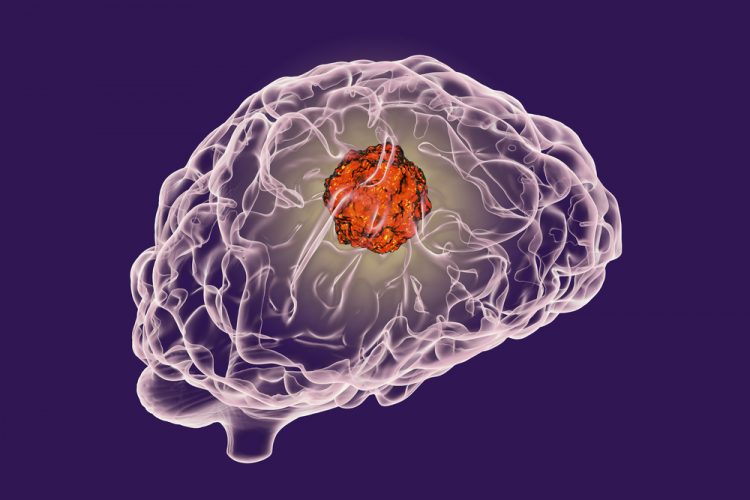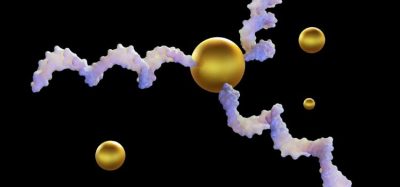New method helps make orthotopic brain-tumour imaging clearer and faster
Posted: 11 June 2018 | European Pharmaceutical Review | No comments yet
A research team have reported the first NIR-II fluorescent molecule with aggregation-induced-emission (AIE) characteristics for dual fluorescence and photoacoustic imaging…


Nowadays, tumours inside the complex central nervous system remain one of the most challenging cancers to diagnose.
Different from conventional brain-imaging techniques, near-infrared (NIR) fluorescence imaging demonstrates particular merits including being nonhazardous, offering fast feedback, and having higher sensitivity.
A research team led by Professor Zheng Hairong from the Shenzhen Institutes of Advanced Technology (SIAT) of the Chinese Academy of Sciences, in collaboration with Professor Liu Bin from the University of Singapore, reported the first NIR-II fluorescent molecule with aggregation-induced-emission (AIE) characteristics for dual fluorescence and photoacoustic imaging.
Fluorescence imaging in the second NIR window (NIR-II), compared with the first NIR window (NIR-I), exhibits salient advantages of deeper penetration and higher spatiotemporal resolution, owing to further reduced photon scattering, absorption, and tissue autofluorescence in biological tissues.
Scientists designed a new donor-acceptor (D-A)-tailored NIR-II emissive AIE molecule, and formulated dots showed a high NIR-II fluorescence quantum yield up to 6.2%, owing to the intrinsic aggregation-induced emission nature of the designed molecule.
The AIE dots have been successfully used for dual NIR-II fluorescence and NIR-I photoacoustic imaging for precise noninvasive brain-tumour diagnosis. Based on the same dots, the experiments revealed that NIR-II fluorescence imaging showed a high resolution.
Meanwhile, NIR-I PA imaging intrinsically exhibited higher penetration depth than that of NIR-II fluorescence imaging, which allowed clear delineation of tumour depth in the brain.
The synergetic bimodal imaging with targeting c-RGD-decorated bright AIE nanoparticles showed precise brain-tumour diagnosis with good specificity and high sensitivity, which yielded a high S/B of 4.4 and accurately assessed the depth of tumour location inside brain tissue.
The study demonstrates the promise of NIR-II AIE molecules and their dots in dual NIR-II fluorescence and NIR-I photoacoustic imaging for precise brain cancer diagnostics.
Their findings were published in Advanced Materials.
Related topics
Related organisations
Shenzhen Institutes of Advanced Technology (SIAT), University of Singapore









